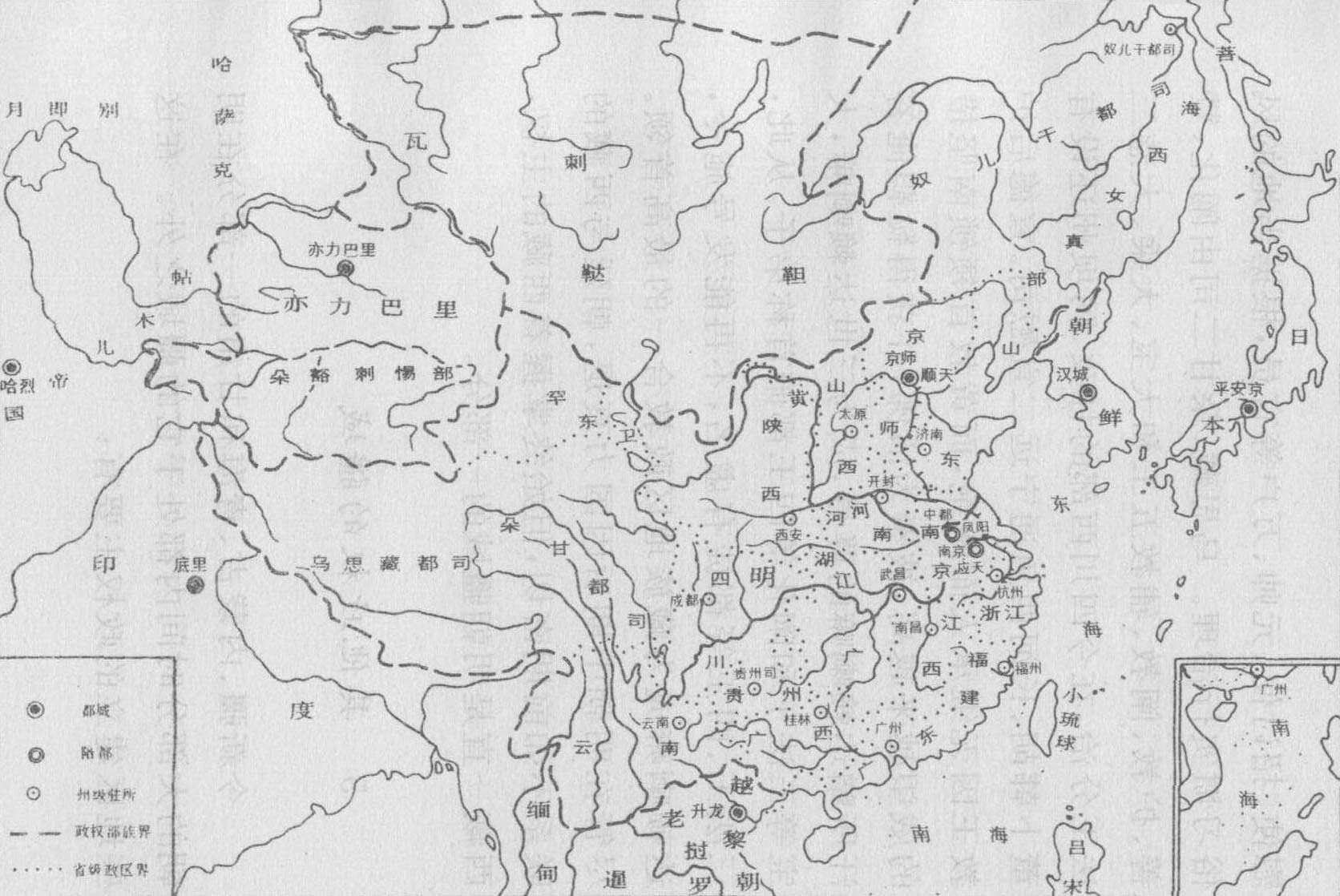Chapter 30 Section 4 Continuation of Sovereignty over Tibet
At the beginning of the Ming Dynasty, Tibet’s political and religious leader Uszang Shedishi Nangaba Zangbu sent envoys to pay tribute in the fifth year of Hongwu (1372 A.D.), and entered the court in person in the second year, and was named the national teacher of Blazing Buddha Treasure .The Ming Dynasty sent envoys to Tibet many times, and set up Wusi Zangdu Commanding Envoy in most of present-day Tibet, and Duogandu Commanding Envoy in the eastern part of Qamdo, Sichuan Ganzi Tibetan Autonomous Prefecture and southwest Qinghai. In the northeast of today's Kashmir region and in the west of Tibet, the Erisi Army and Civil Marshal's Office was set up; the following institutions were respectively in charge of or concurrently in charge of religion, military affairs, and civil affairs, and the local monks and lay leaders were awarded the titles of national teachers, Dharma kings, and all commanders. During the period, officials such as comfort envoys, recruit envoys, marshals, and Wanhu carried out governance according to local customs and habits.Wusizang and Duogan were ruled by the five kings of Chanhua, Zanshan, Hujiao, Chanjiao and Fujiao, and the three Dharma kings of Dabao, Mahayana and Daci. Han Hu, Changhe Xiyutong Ningyuan Second Xuan Weisi.After Xuande, the protector king was cut off because he had no heirs, and the prestige of Suonan Jiancuo, the leader of the Yellow Sect, became higher and higher. He was regarded as a living Buddha, and was awarded the honorary title of Dalai Lama by Tatar Altan Khan, becoming the third Dalai Lama , Dabao and other three Dharma kings, and Chanhua and other four kings all bowed their heads and called them disciples.Since then, the Three Dharma Kings, Four Kings, etc. all have empty names and can no longer issue orders. The Dalai Lama has become the supreme leader of theocratic integration in Tibetan areas.Although the relationship between the imperial court and Tibet was not as close as before due to the decline of national power after the middle of the Ming Dynasty, it still held the sovereignty of Tibet, and Tibet had always been a part of the territory of the Ming Dynasty.

Situation map of the Ming Dynasty

Situation map of the Ming Dynasty
